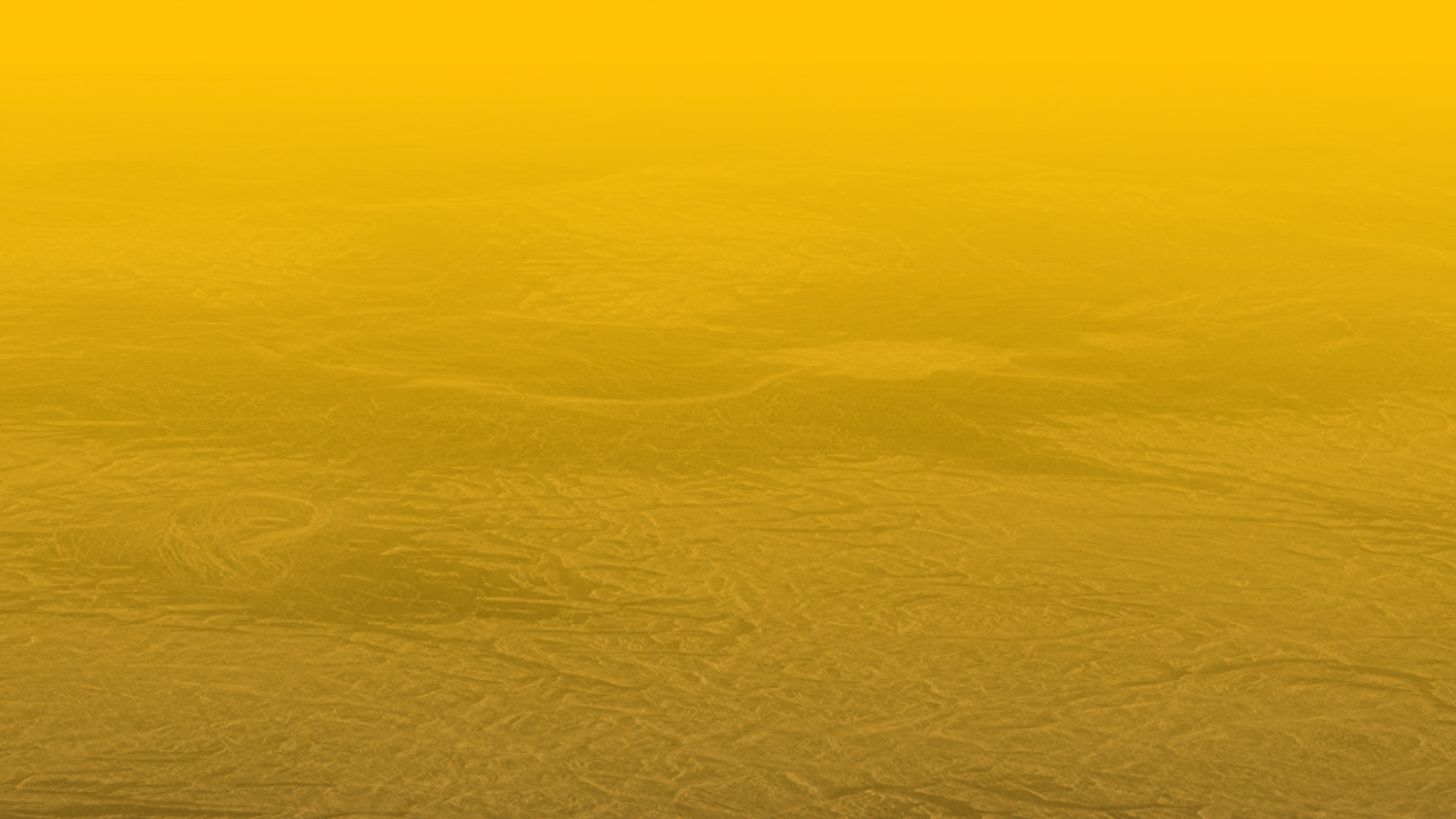Ever since NASA’s Magellan orbiter was able to peak beneath Venus’ dense cloud layer and map out the surface, scientists have puzzled over the planet’s geological history. One of the greatest mysteries is the role volcanic activity has played in shaping Venus’ surface. In particular, there are what is known as “tesserae,” tectonically deformed regions on the surface that often stand above the surrounding landscape.
These features comprise about 7% of the planet’s surface and are consistently the oldest features in their immediate surroundings (dating to about 750 million years ago). In a new study, an international team of geologists and Earth scientists showed how a significant portion of these tesserae appear to be made up of layered rock, which is similar to features on Earth that are the result of volcanic activity.
Continue reading “Ancient Terrain on Venus Looks Like it Was Formed Through Volcanism”
